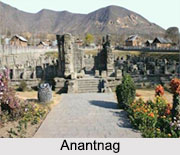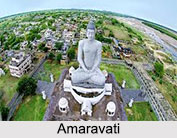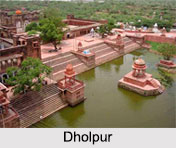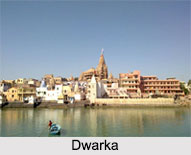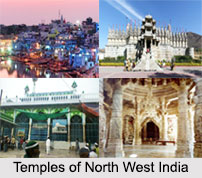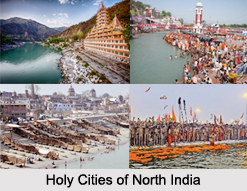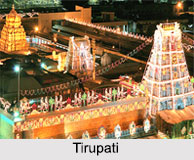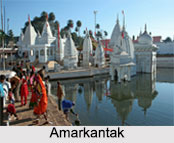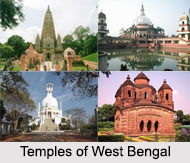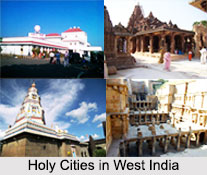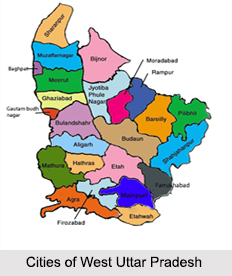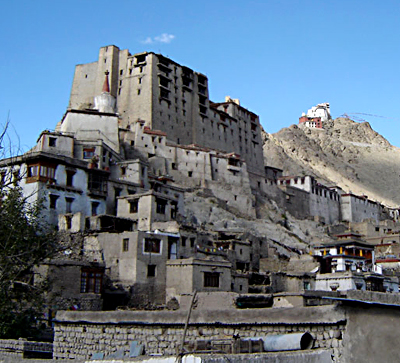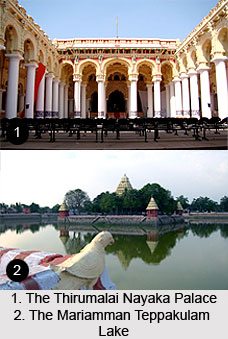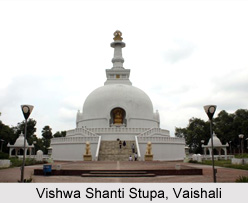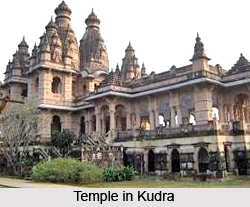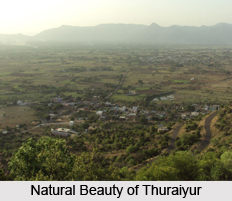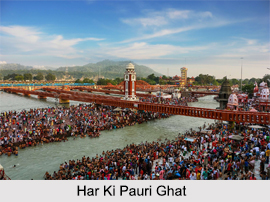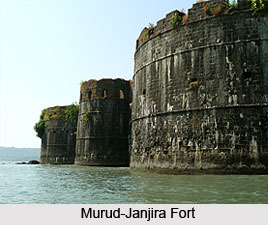 History of Murud-Janjira, in Maharashtra, can be traced back to 15th century when it was originally constructed on a smaller scale by a local Maratha-Fisherman Chieftain named Ram Patil. It was built with the aim of protecting the people from pirates and thieves. Previously it was known as Medhekot. The Chieftain was a courageous man having an independent bent of mind and was very popular among the local fishermen.
History of Murud-Janjira, in Maharashtra, can be traced back to 15th century when it was originally constructed on a smaller scale by a local Maratha-Fisherman Chieftain named Ram Patil. It was built with the aim of protecting the people from pirates and thieves. Previously it was known as Medhekot. The Chieftain was a courageous man having an independent bent of mind and was very popular among the local fishermen.
Once the ruler from Ahmadnagar, Nizam, sent one of his Siddi commanders named Piram Khan who arrived in the fort along with three armed ships carrying soldiers and necessary weapons and thereby captured the fort. Burhan Khan was the successor of Piram Khan and the former demolished the fort later replacing it with a much bigger and impregnable stone fort spanning an area of 22 acres. This construction was done during the period between 1567 and 1571. The new fort was named as Jazeere Mahroob Jazeera which is an Arabic word that refers to an island. Siddhi Ambersatak got nominated as the Commander of the fort.
Even the repeated attempts of the Marathas, the British and the Portuguese could not suppress the power of the Siddi`s. The Siddhi"s were themselves allied with the Mughal Empire. Yahya Saleh and Sidi Yaqub were some of the important historical figures associated with Murud-Janjira. Built with a mixture of sand, lead and gul, the fort houses a tunnel which leads to Rajpuri. The Marathas under the leadership of Chatrapati Shivaji tried to scale the 12 meters high granite walls of the fort but failed in their attempt. Chatrapati Sambhaji, his son, had also attempted to enter the fort through the tunnel but remained unsuccessful.
Siddis of Murud-Janjira, in the year 1736, attempted to recapture Raigarh from the clutches of Baji Rao. On 19th April 1736, during the Battle of Riwas near Riwas, the encampments of the Siddis were attacked by Chimnaji and in the confrontation, 1500 Siddis along with their leader Siddi Sat got killed. The war ended in September 1736 however the Siddis remained confined to Janjira, Gowalkot and Anjanwel. Three gigantic cannons namely Kalalbangdi, Chavri and Landa Kasam form the main attraction of the fort.
